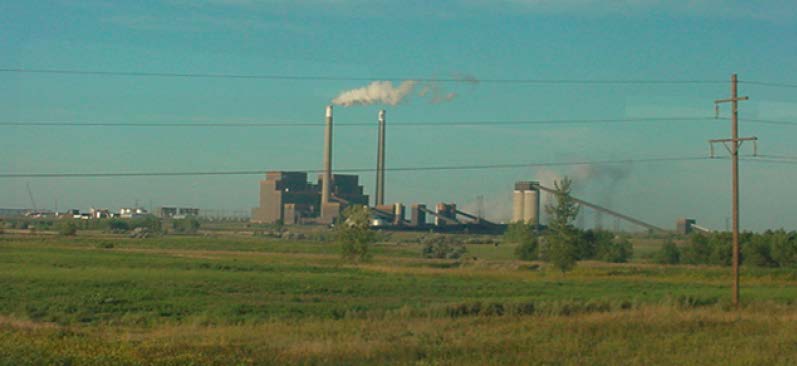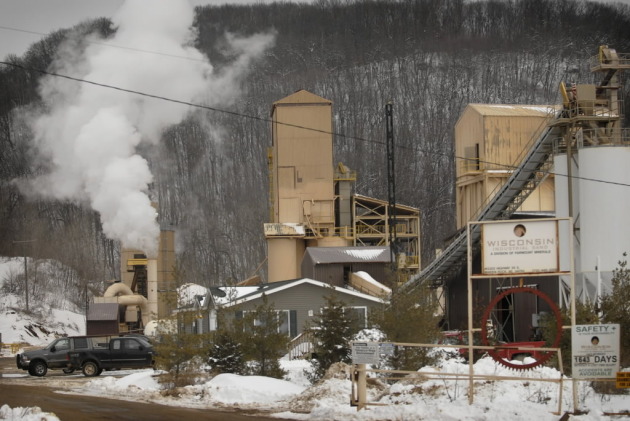The rulemaking process — nothing changes…
September 13th, 2015
Many thanks to the “little birdie” who brought this decades old report to my attention:
Yes, this is a report from the Minnesota Legislative Auditor from 1993, and if you read it, you’ll see little has changed is so many years… The issues raised are issues we’ve been raising in the Public Utilities Commission rulemaking for Minn. R. Ch. 7849 and 7850 (Certificate of Need and Siting/Routing). AAAAAAAAAAAACK!
For example, from the Summary:
For example, in the PUC Rulemaking for 7849 and 7850 (PUC Docket 12-1246), it’s been an over two-year-long process, and few are showing up anymore. We weigh in, some things are taken into account in the drafts, and then that disappears from the next draft. How can it feel like anything but a colossal waste of time? Yet if we weren’t there, the utilities would get everything they want. And as with the utility Certificate of Need and Siting/Routing processes, rulemaking has the same notice and public participation problems. It’s all the same, deja vu all over again.
… and also from the report …
Does this sound familiar?
So what is the bottom line of this report?
Also, we recommend the following additional changes to the Administrative Procedure Act:
… and …
In addition to changing the APA and other statutes that govern agency rulemaking, we recommend that:
Clean Power Plan? MPCA wants comments!
August 3rd, 2015
 That’s the Coal Creek plant, a photo I took on a tour. If you’re an electric co-op member in Minnesota (elsewhere too?), they offer tours regularly, and it’s something you should do! Check your co-op’s newsletter for info.
That’s the Coal Creek plant, a photo I took on a tour. If you’re an electric co-op member in Minnesota (elsewhere too?), they offer tours regularly, and it’s something you should do! Check your co-op’s newsletter for info.
State Register Notice:
Just released FEDERAL Clean Power Plan:
Clean Power Plan Final Rule (PDF)(1560 pp, 3.3 MB, About PDF) – August 2015
Look at how the “adjusted” Minnesota’s baseline levels due to Sherco 3 being out for nearly 2 years:
The EPA examined units nationwide with 2012 outages to determine where an individual unit-level outage might yield a significant difference in state goal computation. When applying this test to all of the units informing the computation of the BSER, emission performance rates, and statewide goals, the EPA determined that the only unit with a 2012 outage that 1) decreased its output relative to preceding and subsequent years by 75 percent or more (signifying an outage), and 2) could potentially impact the state’s goal as it constituted more than 10 percent of the state’s generation was the Sherburne County Unit 3 in Minnesota. The EPA therefore adjusted this state’s baseline coal steam generation upwards to reflect a more representative year for the state in which this 900 MW unit operates.
Clean Power Plan Final Rule (PDF p. 796 of 1560).
And from the state, which acknowledges imminent release of FEDERAL Clean Power Plan Final Rule , also released today, just in from the MPCA (direct quote):
The Minnesota Pollution Control Agency (MPCA) has issued a request for comments on possible rule amendments to bring Minnesota into compliance with the U.S. Environmental Protection Agency’s (EPA’s) Clean Power Plan. You can read the full request in the August 3, 2015, edition of the State Register, available at www.comm.media.state.mn.us/bookstore/mnbookstore.asp?page=register.
The amendments we are considering will help Minnesota meet standards established by the Clean Power Plan, which sets state-specific carbon dioxide emission targets and requires each state to submit a plan detailing its strategy for meeting the targets. As of State Register press time, we have not yet started drafting a plan because the EPA has not yet published the standards that Minnesota’s plan will need to meet, so the MPCA requests public input to help guide our considerations of methods for meeting the EPA’s targets, as well as any other objectives that the state’s plan might include.
Stakeholder meeting agendas, notes, and other related documents are posted on the website for this rulemaking at www.pca.state.mn.us/w9y3awr.
To access information about a particular Minnesota rulemaking, visit the Public Rulemaking Docket.
Greenhouse Gas Rule Rebuttal Comments!
October 1st, 2012
Rebuttal comments were due on the Greenhouse Gas Rule.
Out of the entire state of Minnesota, the only rebuttal comments filed were filed by Alan Muller and moi.
Pathetic – and proof that the MPCA’a notice was deficient, which the agency admits, and that the “usual suspects” in all things CO2 have abdicated and sat back, thumbs implanted, doing nothing.
From the OAH site:
Public Comments
Public exhibits that were received at the August 30, 2012, hearing, and comments that have been received by Judge Cervantes since August 30, 2012, will be posted below.
- Public Comments Received During the Public Comment Period July 9 – August 10, 2012
- Public Comments as of September 18, 2012
- Public Comments as of September 19, 2012 Batch 1
- Public Comments as of September 19, 2012 Batch 2
- Public Comments as of September 19, 2012 Batch 3
- Rebuttal Comments as of September 26, 2012
Agency Comments
- Transcript of Hearing – via Wayback Machine
- PCA Response to and Rebuttal of Comments
- Letter from Revisor of Statutes
- 7007.1450 Revision Line 61.9
- Adopted Permanent Rules Relating to Greenhouse Gas Permit Requirements
- Responses to Comments Received During Public Comment Period July 9 – August 10, 2012
- Rebuttal Comments as of September 26, 2012
Agency Exhibits
Frac sand mining air permit at MPCA
August 7th, 2012
 Photo of Maiden Rock frac sand mining operation across the river
Photo of Maiden Rock frac sand mining operation across the river
The MPCA has announced a frac sand mining air permit comment period for the mine proposed in Scott County near Shakopee.
I believe this is the first frac sand mining permit to go through MPCA air permitting (I’ll check). Here’s the MPCA’s Frac Sand Mining Page.
If you write comments, there are specific things that have to be included, it says “must” in the Notice and “shall” in the rules, so I think they mean it. Here’s what the rules say about comments:
Subp. 2. Contents of written comments.
A person who submits comments under subpart 1 shall include in the comments the following:
You may request a contested case, and that must be done under Minn. R. 7000.1800 Petition for Contested Case. If you plan to do that, also check out Minn. R. 7000.1900 Criteria to Hold Contested Case Hearing.
Send Comments and Petitions by August 27, 2012 to the MPCA:
Steve Gorg, Air Quality Permits Section
Industrial Division, MPCA
520 LaFayette Road North
St. Paul, MN 55155
steven.gorg@state.mn.us
Here are the primary documents from the MPCA site:
Intent to Issue Air Emission Permit to Great Plains Sand LLC, Shakopee – Notice Full Text
Draft Air Emission Permit
Technical Support Document
Dayton “streamlines” for corporate interests!
January 24th, 2011
“Streamline” is code for “ram it through.”
Another one of those “change!” moments — look at what we’re getting:
So do tell, was this done to help push approval of Paul Aasen as Commissioner of MPCA? Show that Dayton will roll for big business over environmental review? There are such horrendous projects in the pipeline, ones that require a serious look, and ones that shouldn’t be permitted, period. P-O-L-Y-M-E-T! Need I say more? Oh, OK, how about 3M’s Cottage Grove Incinerator? Hennepin County’s HERC Incinerator?
Here’s his Press Release:
Dayton is right in line with Rep. Drazkowski — how scary can it get?



